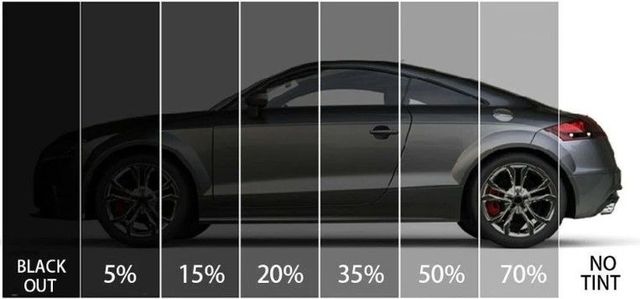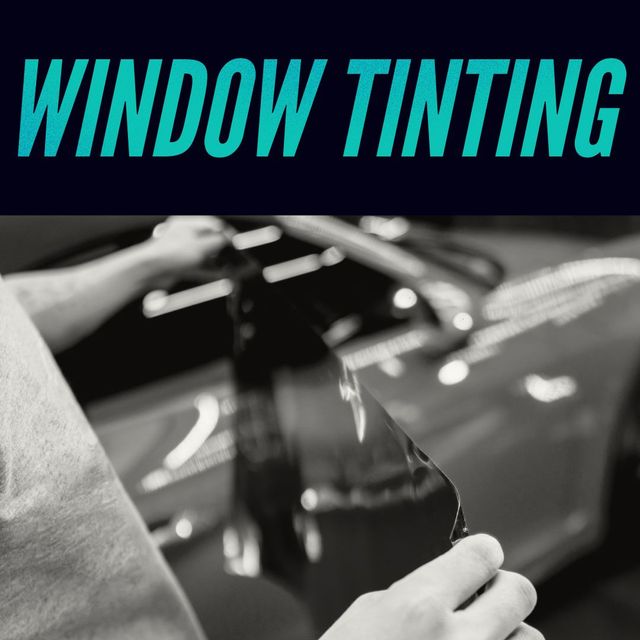Window Tinting Laws and Guidelines: What You Required to Know Before Tinting Your Automobile
Prior to continuing with window tinting for your automobile, it is essential to familiarize yourself with the diverse laws and standards that regulate this technique across different states. These policies dictate the allowable degrees of color darkness, typically gauged by visible light transmission (VLT) portions, and include specific stipulations for front windscreens intended at guaranteeing roadway safety and security.
Overview of Window Tinting Laws
Home window tinting regulations are regularly based on variation across different territories, mirroring regional guidelines and safety and security considerations. These legislations determine the allowable degrees of color darkness and reflectiveness on lorry home windows, ensuring that vehicle drivers maintain adequate presence while likewise safeguarding versus unsafe UV rays and warm.
Most laws identify window tinting based upon the Visible Light Transmission (VLT) portion, which shows the quantity of light that can pass with the window. Usually, reduced VLT percentages signify darker tints. Regulations commonly set apart between the front, side, and back windows, with more stringent constraints used to the front windscreen to boost safety and security for both the vehicle driver and various other road individuals.
Conformity with home window tinting guidelines is crucial, as infractions can result in penalties, required elimination of the tint, and possible rises in insurance costs. It is essential for automobile owners to familiarize themselves with regional regulations before continuing with window tinting installments.
State-by-State Tint Laws
Recognizing the particular home window tinting regulations in each state is vital for automobile proprietors seeking to adhere to the legislation. Each state in the U.S. has actually developed its very own collection of guidelines regulating home window tinting, which can vary dramatically. These guidelines frequently determine the allowed levels of tint darkness, the kinds of home windows that can be tinted, and any kind of medical exemptions that may apply.
As an example, states like California have rigorous limitations on color darkness for front windows, while others, such as New Mexico, may permit darker tints. Furthermore, particular states mandate specific visibility portions for various windows, including the windscreen, front side home windows, and rear home windows. It is vital for automobile proprietors to acquaint themselves with their state's legislations to avoid potential penalties or penalties.
Additionally, some states may require an accreditation sticker to be put on tinted home windows, indicating conformity with state laws. Failure to abide by these regulations not just takes the chance of legal repercussions but can additionally affect security and exposure while driving. As a result, vehicle proprietors must conduct detailed research study or consult regional authorities to ensure full understanding and compliance with state-by-state color policies.
Allowed Color Levels and Types
Several vehicle owners may be shocked to learn that permitted tint degrees and types vary commonly throughout various states. Each state has established its very own regulations pertaining to the allowable darkness and reflectivity of home window tint, often measured by Visible Light Transmission (VLT) percents. VLT refers to the amount of light that can travel through the colored windows; thus, a lower percent suggests a darker color.

Furthermore, the kinds of tint products permitted can differ, with some states prohibiting mirror-like or metallic finishes. It is essential for lorry owners to familiarize themselves with their state's particular legislations to make sure compliance. Non-compliance can cause fines, required elimination of the tint, or other legal consequences, making it vital to understand these laws prior to continuing with installation.
Medical Exemptions for Tinting
While not all states provide allocations for medical exceptions relating to window tinting, those that do recognize the need for specific individuals to improve presence and comfort due to medical problems. Different clinical conditions, such as lupus, skin cancer, and particular eye conditions, can provide people particularly conscious sunlight. As a result, these people may require darker colors to safeguard themselves from unsafe UV rays and glare.

It is essential to keep in mind that despite having a clinical exemption, there may still be constraints on the level of color allowed. Conformity with state legislations ensures that individuals are both safeguarded and within lawful limitations. Those taking into consideration medical exemptions should call their neighborhood Division of Electric motor Automobiles or comparable authority to understand the treatments and requirements necessary to request an exemption properly.
Penalties for Non-Compliance
Falling short to follow home window tinting regulations can bring about substantial fines, which vary by state. Regulation enforcement companies are equipped to release citations for lorries that do not follow the defined tinting guidelines. sites These charges commonly include penalties, which can vary from small total up to a number of hundred dollars, depending on the severity of the offense and the state concerned.
In some territories, repeated offenses might result in rising penalties or added penalties, such as required court looks. In addition, non-compliance may require the elimination of illegal tinting, usually at the article source owner's expenditure. In severe situations, regular wrongdoers may face suspension of their automobile registration up until compliance is accomplished.
In addition, insurance coverage ramifications may arise from getting numerous citations for home window tint offenses. Insurance firms may check out such infractions as an indication of riskier actions, possibly resulting in increased premiums or problem in coverage.
To avoid these penalties, it is vital for car proprietors to familiarize themselves with their regional window tinting laws and make sure that their lorry complies (Window Tinting). This proactive method not only avoids lawful implications yet also advertises roadway security
Conclusion

A lot of laws identify home window tinting based on the Visible Light Transmission (VLT) percentage, which indicates the amount of light that can pass via the home window. Compliance with window tinting guidelines is vital, as offenses can result in penalties, obligatory removal of the tint, and potential boosts in insurance costs.Understanding the specific window tinting laws in each state is crucial for vehicle owners seeking to comply with the law. These policies typically determine the allowed degrees of color darkness, the kinds of home windows that can be tinted, and any clinical exemptions that might apply.
For instance, states like The golden state have stringent constraints on color darkness for front windows, while others, get redirected here such as New Mexico, might enable darker tints.